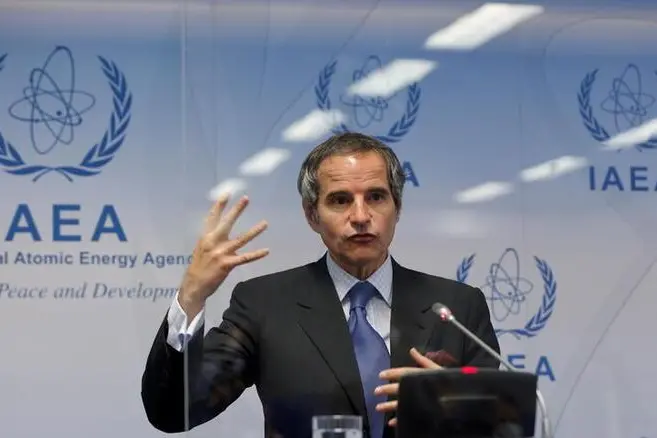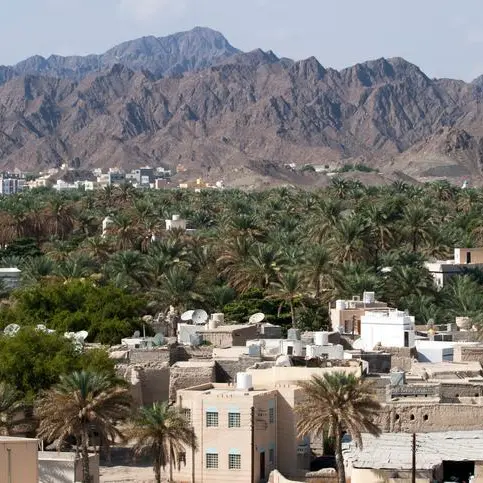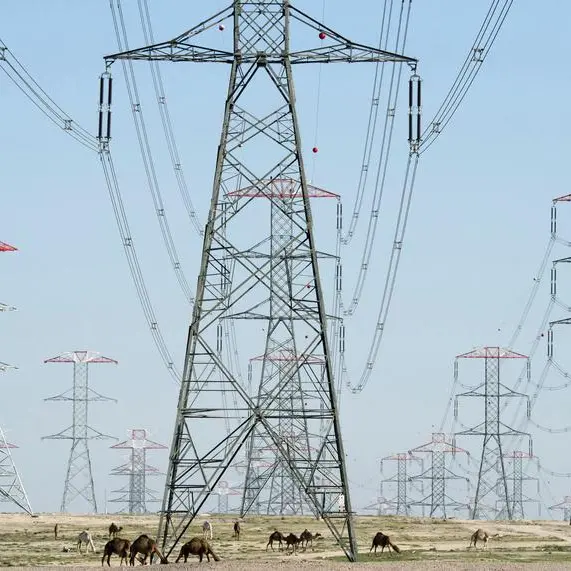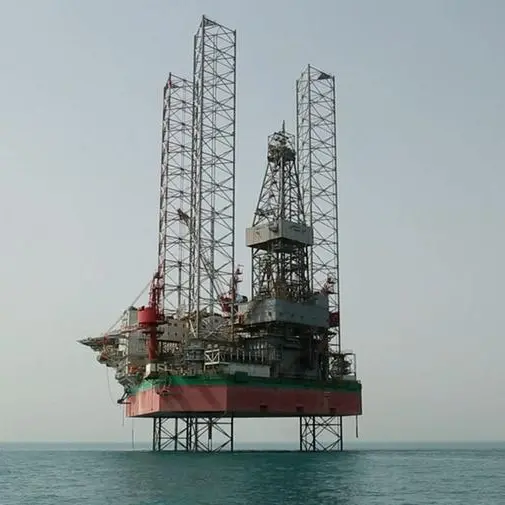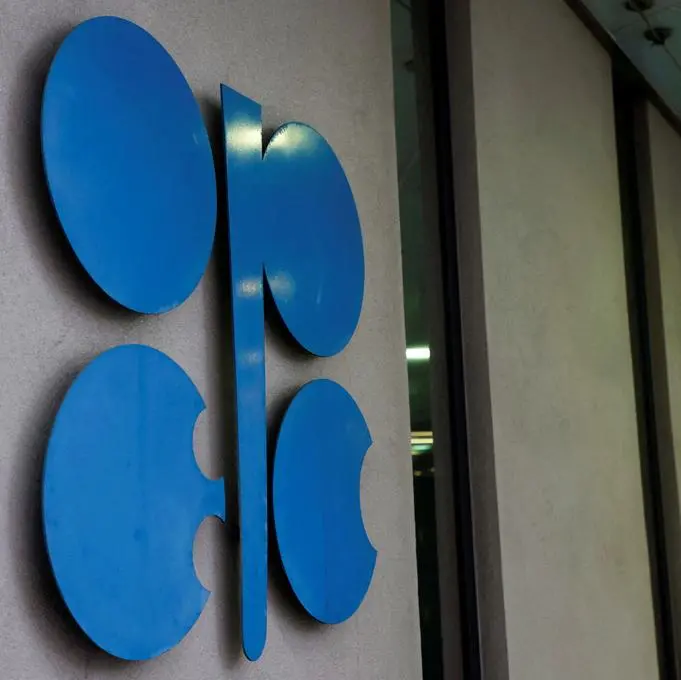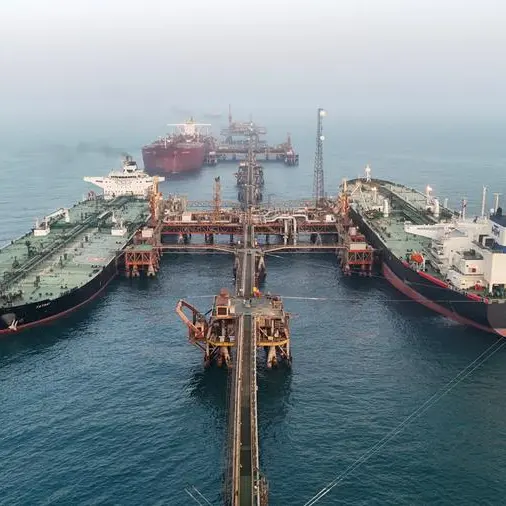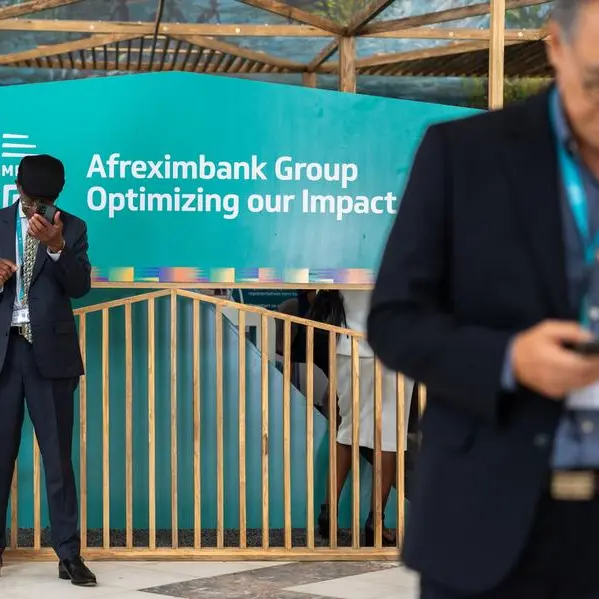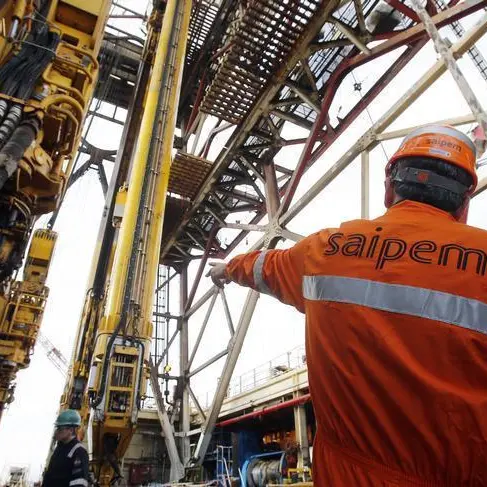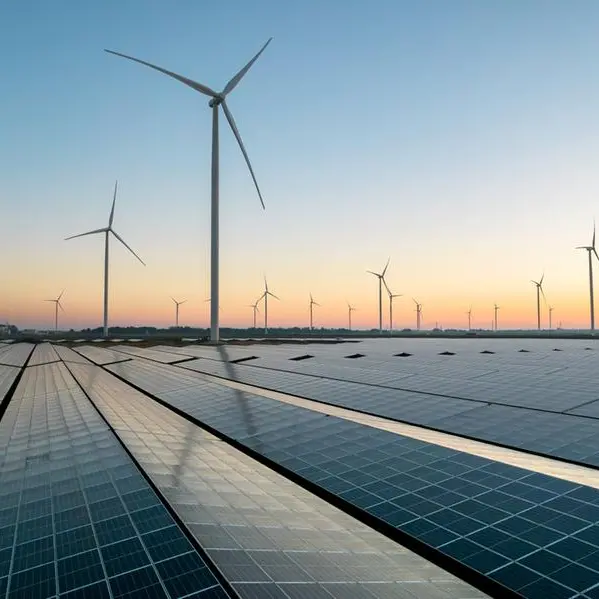PHOTO
RIYADH — The current visit of International Atomic Energy Agency (IAEA) Director General Rafael Grossi to Saudi Arabia highlighted the Kingdom’s dynamic nuclear power preparations.
During the visit, he met on Wednesday with Minister of Energy Prince Abdulaziz Bin Salman and senior nuclear energy officials and scientists.
He also visited the King Abdullah City for Atomic and Renewable Energy (K.A.CARE), the Nuclear and Radiological Regulatory Commission (NRRC) headquarters, the NRRC laboratories and its nuclear and radiological Emergency Preparedness Centre.
On the sidelines of the IAEA chief’s visit, the King Salman Humanitarian Aid and Relief Centre (KSrelief) and the IAEA signed a memorandum of understanding which formalized a $2.5 million contribution to IAEA’s Rays of Hope Initiative, which is to bring cancer care for all.
The MoU, which was signed in the presence of Prince Abdulaziz and Grossi, aimed to establish specialized centers for diagnosing and treating cancer using ionizing radiation.
The visit of Grossi comes at a time when Saudi Arabia is embarking on a nuclear power program as part of the country’s plans to move from an oil-based economy toward a diversified power production.
The visit also aims to explore the latest technologies and procedures related to the nuclear energy sector in the Kingdom.
“The Kingdom has taken a very wise decision to add nuclear power to the options in this integrated energy mix,” Grossi said.
“We have greatly intensified our cooperation in the past few years because of the faster pace with which Saudi Arabia is preparing itself for the introduction of nuclear power.”
He observed operations and received briefings on details of Saudi Arabia’s plans towards its first power plant and how the government prepared the necessary legal and regulatory framework.
“I am very impressed by the degree of professionalism I see in the Saudi nuclear sector,” the director general said.
“I see a wide panoply of institutions that work very well together and that have a clear way forward, and my impressions are indeed very positive.”
He visited the regulatory laboratories of the Nuclear and Radiological Regulatory Commission (NRRC), where he was received by NRRC CEO Dr. Khalid Al-Issa.
Accredited by the IAEA’s Analytical Laboratories for the Measurement of Environmental Radioactivity (ALMERA) network, the laboratories play a crucial role in supporting the NRRC in fulfilling its regulatory responsibilities.
Aligned with its objectives to safeguard humans and the environment from the harmful effects of ionizing radiation, the laboratories also assess the level of nuclear materials to meet specific international commitments of the Kingdom.
Grossi also visited the Nuclear Emergency Operations Center, which encompasses various platforms, including the Unified System for Information Exchange in Incidents and Emergencies (USIE).
The USIE is the national platform for continuous environmental radiation monitoring and early warning linked to the International Radiation Monitoring Information System (IRMIS) and the decision support platform for simulating nuclear incidents and radioactive pollution clouds.
This is associated with precise climatic monitoring, aiding in making proactive decisions based on forecasts of radiation pollution consequences.
During the visit, the IAEA director general stressed that the robust regulatory framework implemented by the Kingdom underscores its readiness to commence nuclear programs for energy production, which in turn enhances the role and integration of the international system.
Grossi also visited the King Abdullah City for Atomic & Renewable Energy (K.A.CARE), where he discussed with the city’s CEO Dr. Mamdouh Al-Saud the ongoing collaboration between the two entities.
Through this collaboration, the IAEA has contributed to enhancing human capabilities in the Kingdom, particularly in the fields of atomic energy, nuclear and radiation technologies, technical cooperation projects, and expert missions supporting K.A.CARE’s efforts in localizing the nuclear energy industry in the Kingdom.
Additionally, this collaboration has contributed to the involvement of K.A.CARE’s experts in supporting the IAEA across its various programs, serving the member states.
They have also played a role, through such collaboration, in implementing and advancing the guidelines and tools published by the IAEA, assisting countries in establishing the necessary nuclear infrastructure for the introduction of nuclear energy.
The visit included a tour of the Mishkat Interactive Center for Atomic and Renewable Energy, which is one of the K.A.CARE’s initiatives.
The Mishkat Center aims to raise community awareness about the sciences, technologies, and applications of atomic and renewable energy through diverse enriching and interactive programs.
Grossi also visited King Abdulaziz City for Science and Technology (KACST) and met with its President Munir M. Eldesouki in the presence of a number of energy, research, development, and innovation officials in the Kingdom.
During the visit, he was briefed on KACST’s efforts in building Low Power Research Reactor, which was inaugurated by Crown Prince and Prime Minister Mohammed Bin Salman, and is now being developed as the Kingdom’s first research nuclear reactor.
It is considered one of the ambitious projects of the Saudi Vision 2030 and a major pillar of the National Project for Atomic Energy.
The IAEA director general listened to a briefing about the components of the nuclear reactor, which was designed in low power to be multi-purpose like power-generating reactors.
It was also designed with the aim of equipping qualified national personnel with high skills in atomic energy technologies and nuclear reactor operation and enhancing the outputs of research and innovation in atomic energy.
The reactor also aims to transfer and localize promising nuclear technologies and applications, making nuclear energy a part of the Kingdom’s energy system, and enhancing the Kingdom’s role as a leading and active country in the field of energy.
The IAEA chief toured KACST and checked on the “Garage” project, which aims to inspire entrepreneurs to start their own technology businesses and attract creative ideas to support entrepreneurship.
Speaking on the occasion, Grossi said that Saudi Arabia is at the doorsteps of nuclear operation starting with the research reactor and later with bigger facilities.
“The workforce here, the professionals, the women and men that work in the Saudi nuclear sector are perfectly prepared to look toward this new chapter in the life of the Kingdom.
“Saudi Arabia has sought the IAEA’s advice and invited multiple IAEA review and advisory missions on nuclear safety and nuclear power program development,” he said.
Grossi concluded his tour with a visit to King Faisal Specialist Hospital and Research Center in Riyadh, where he was briefed about the technologies used.
He also toured the Cyclotron and Radiopharmaceuticals Department, which meets the needs of local and regional medical centers for radioactive preparations used in the diagnosis and treatment of a number of micro diseases, which provides its products to more than 45 Saudi centers specializing in nuclear medicine.
© Copyright 2022 The Saudi Gazette. All Rights Reserved. Provided by SyndiGate Media Inc. (Syndigate.info).
